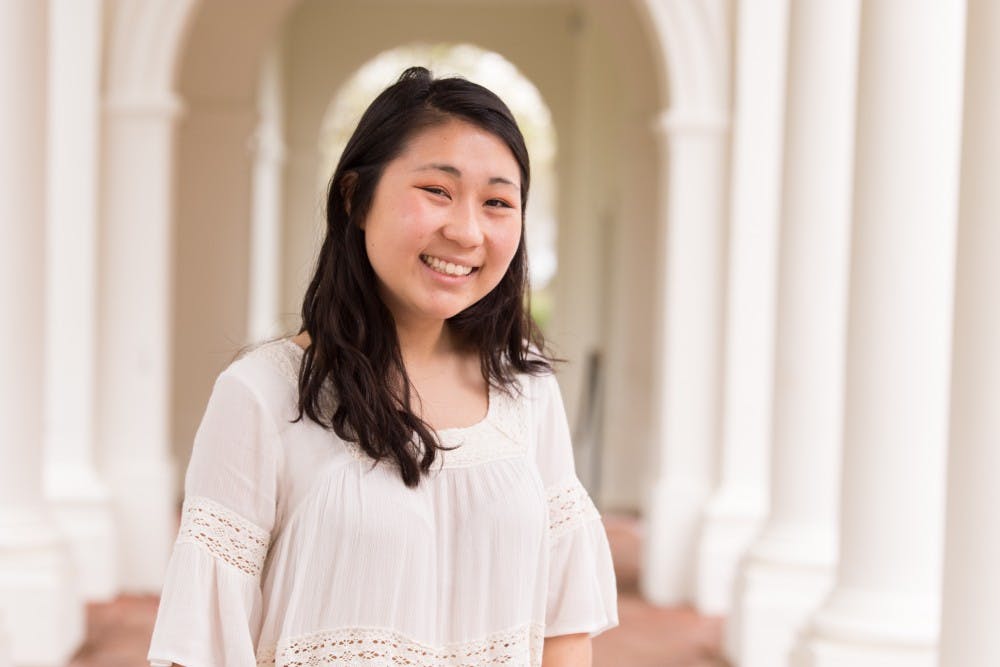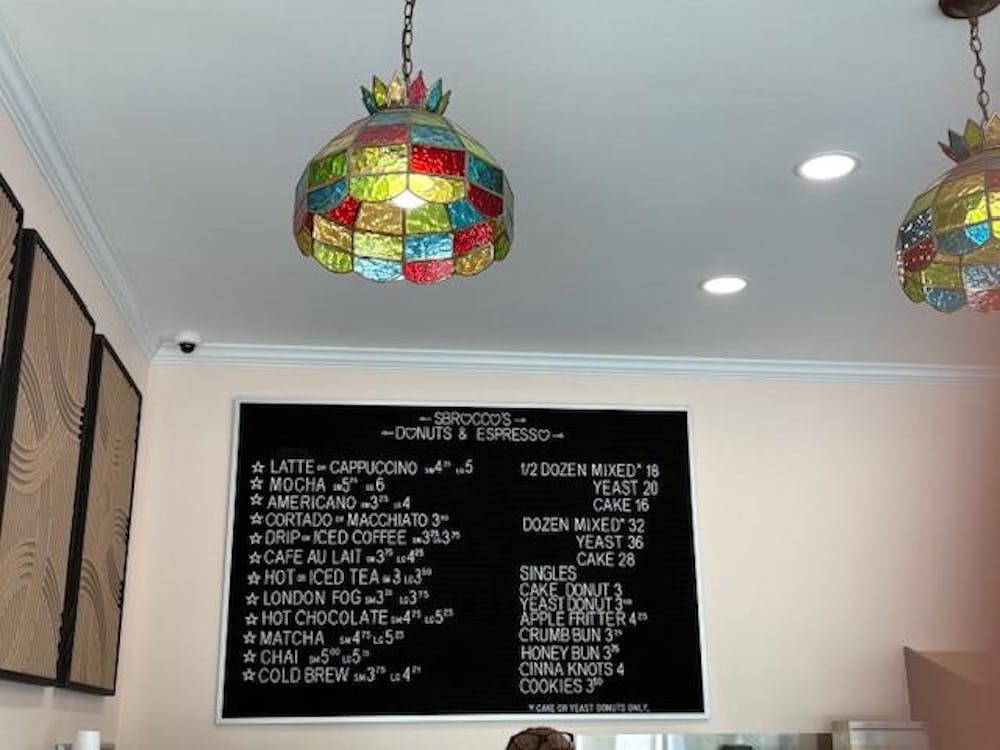As I’m sure all us millenials know, “Incredibles 2” came out this past June after 14 years of anxious waiting. Sure, I was pumped to witness Jack-Jack and Mr. Incredible duke it out with the baddies. But in reality, I was sitting in that theater for one reason and one reason only — the short.
I heard a lot of buzz over Pixar’s newest short, “Bao,” which was also Pixar’s first short directed by a woman — you go Domee Shi!. The film follows a Chinese immigrant mother struggling with empty-nest syndrome when she finds one of her homemade dumplings has sprung to life. Suddenly she has a new little dumpling-son to protect, care for and bicker with as he grows up. Naturally, I was psyched to see an “Asian story” on the big screen.
The story zooms in on a petite woman with slanted eyes and a round face, rice cooker and Chinese calendar in the background. She expertly folds fresh dumplings as her quiet husband waits for his evening meal.
It was a real “Wonder Woman” moment — I didn’t think I needed a female superhero franchise. But once she was there, I mourned for my sad Wonder Woman-less childhood. How would I have perceived myself differently if I grew up watching women in the media who were strong and intelligent yet still compassionate and beautiful?
Likewise, I didn’t think I needed to see an Asian immigrant mother make dumplings for her family. But once she was there, I mourned for my animated dumpling-less childhood. How would I have seen myself differently if my Asianness didn’t make me “other,” but actually tied me to something much larger than myself?
This was different from “Mulan” or the slew of Korean dramas because this was an Asian story in North America. This was my mother and I making kim-bap for a church picnic. This was my mother and brother clashing over late nights and white girlfriends. This was my cousin and my best friend and my own parents when they were young. This was the Asian-immigrant experience, and it was on the big screen.
But then I read the news on “Bao.” Article after article exposing tweets like “the most confusing 10 minutes of my life” or laughing about how dumb the short was. And a part of me could understand. The part where the mother (**spoiler**) eats her dumpling son was shocking. Yet for many Asian viewers this wasn’t just a funny, shocking moment. It was a poignant picture of a complex, over-protective yet loving Asian parenthood. In response, Asian viewers called out Caucasian viewers for not understanding a short that didn’t depict Western, casserole-stuffed characters. Rather than provoking greater cross-cultural understanding, this short has pitted East against West.
I guess this whole clash has left me a little disheartened. With so many Asian-Americans on the U.S. Olympic Team and American Girl creating their first ever Korean-American doll, I saw a lot more Asian representation in the public sphere. Though I am far too old to buy a $115 doll for myself, I beam knowing little Asian girls in America can have a doll with a story like theirs and a face like theirs.
Yet “Bao” lasted 10 minutes. As soon as the credits rolled, we entered “The Incredibles” with not one lick of an Asian character (except half-Japanese Edna Mode, bless her soul).
We got 10 minutes. They got two hours and five minutes.
And it’s not like I didn’t enjoy the movie. Pixar once again blew me away with their clever dialogue, exquisite animation and heart-twisting life lessons. Still, I couldn’t help thinking — I digested this superhero family with no problem. I am used to this style, this story, these character traits because this is the media that is all around me.
Meanwhile, the one time I saw some of my personal self on the screen, people laughed. Since “Bao” didn’t have a conventionally Western storyline it was confusing — just a Chinese souvenir Pixar included to be politically correct. And for the thousands of Asian viewers who cried and called their moms after the movie, this is a problem.
My frustrations are not new. There has long been discussion of the lack of representation in media from the heavily Caucasian Academy Awards to extensive white-washing in obviously ethnic roles — looking at you, Matt Damon in “The Great Wall,” 2016. This short stuck out to me though because of its genre. This is a children’s movie — the ripe age to shape new ideas and outlooks. This film has the opportunity to show kids different ways of life, different ways of storytelling and different kinds of heroes. Yet if they sit in an audience where their parents are laughing or complaining, how will they know that those differences are good and not something to be ridiculed?
These recent years have certainly showed a greater diversification of storylines and leading ladies. As diversification grows, no longer will these stories be foreign to us, but they will become classic storylines themselves, even if they’re not personally our own. Meanwhile, rather than tweeting our frustrations or passing blame, can we engage with these stories and learn that our way of seeing the world is not universal? Can we see that those different views of the world are in fact something to be cherished? Can we learn to make a few dumplings or a few potato casseroles? My friends, “Bao” is the time (sorry, I had to).
Aly Lee is a Life Columnist for The Cavalier Daily. She can be reached at life@cavalierdaily.com.







